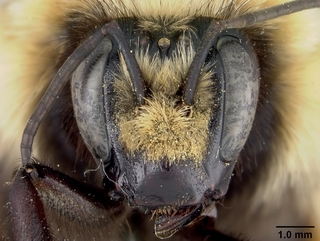
Smithsonian Institution, Entomology Department · 9
Bombus huntii, female, face |
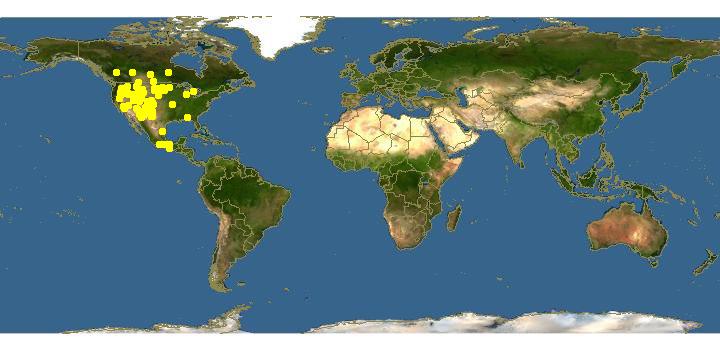
Click on map for details about points.
|
| Links | Williams, Paul H., Robbin W. Thorp, Leif L. Richardson, and Sheila R. Colla. Bumble Bees of North America: An Identification Guide. Princeton University Press, 2014. http://www.jstor.org/stable/j.ctt6wpzr9.
- has the best modern color guides for identification of both sexes, microscopic identification characters, range and natural history notes.
Give it a common name of Hunt Bumble Bee.
- Hosts
- Static Discover Life page
|
80x5 -
240x3 -
240x4 -
320x1 -
320x2 -
320x3 -
640x1 -
640x2
Set display option above.
Click on
images to enlarge. |
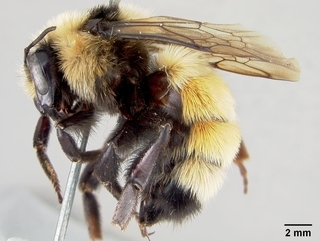
Smithsonian Institution, Entomology Department · 9
Bombus huntii, female, side |
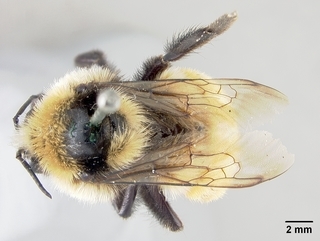
Smithsonian Institution, Entomology Department · 9
Bombus huntii, female, top |
|
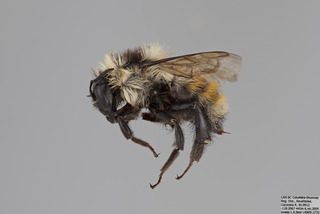
© Copyright Laurence Packer 2014
· 7
Bombus huntii FEM mm - f |
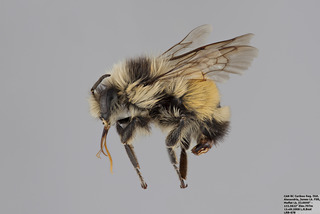
© Copyright Laurence Packer 2014
· 7
Bombus huntii MALE mm - f |
|
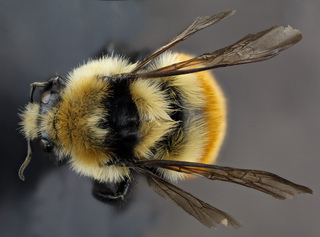
© Copyright source/photographer
· 5
Bombus huntii, M, back, Pennington County, South Dakota |
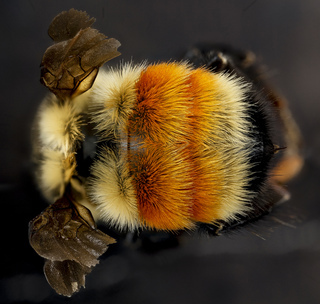
© Copyright source/photographer
· 5
Bombus huntii, M, back, Pennington County, South Dakota |
|
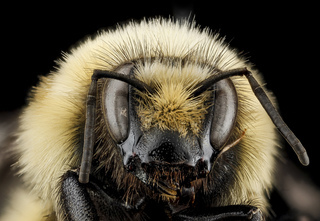
© Copyright source/photographer
· 5
Bombus huntii, M, face, Pennington County, SD |
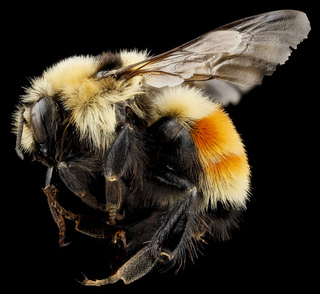
© Copyright source/photographer
· 5
Bombus huntii, M, side, Pennington County, SD |
|
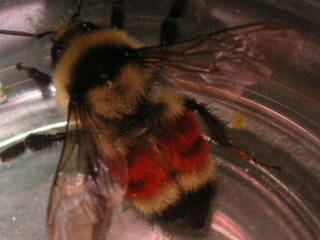
Adalbert Goertz · 1
Bombus huntii |
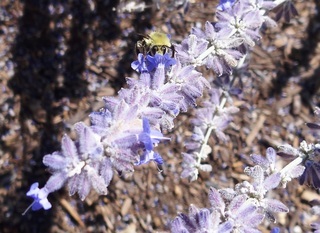
© Copyright John Ascher, 2006-2014
· 1
Bombus huntii |
|
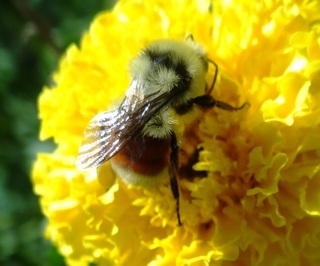
© Copyright John Ascher, 2006-2014
· 1
Bombus huntii |
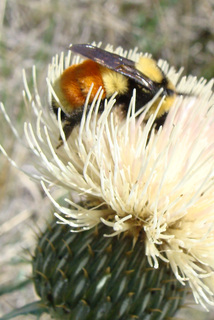
© Copyright Gail Starr 2011
· 1
Bombus huntii, Hunts Bumble Bee |
|
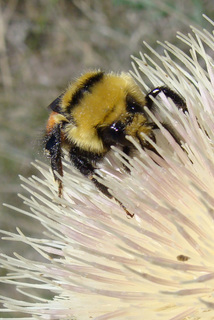
© Copyright Gail Starr 2011
· 1
Bombus huntii, Hunts Bumble Bee |
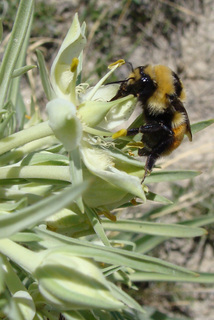
© Copyright Gail Starr 2011
· 1
Bombus huntii, Hunts Bumble Bee |
|
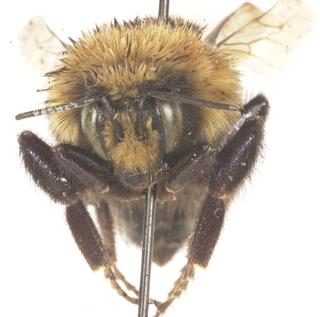
© Photographer/source
queen front
UGCA195818_01
|
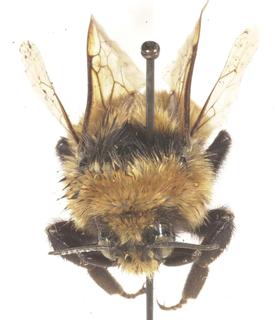
© Photographer/source
queen front top
UGCA195818_02
|
|
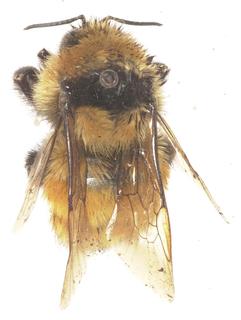
© Photographer/source
queen top
UGCA195818_03
|
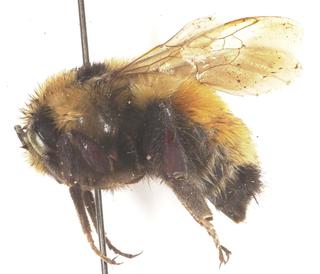
© Photographer/source
queen side
UGCA195818_04
|
|
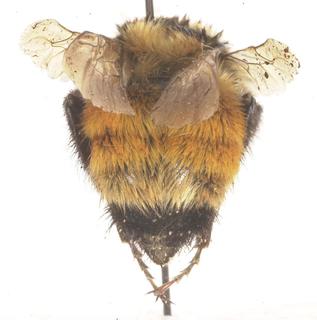
© Photographer/source
queen rear
UGCA195818_05
|
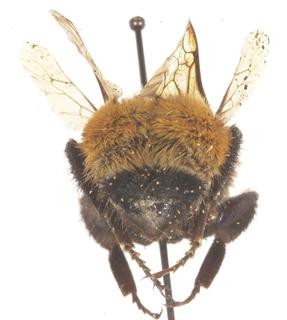
© Photographer/source
queen rear tip
UGCA195818_06
|
|
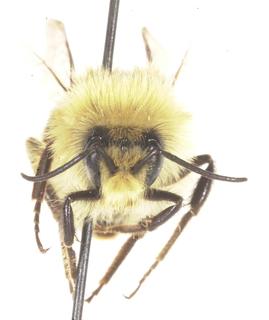
© Photographer/source
male front
UGCA195819_01
|
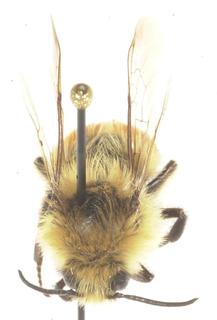
© Photographer/source
male front top
UGCA195819_02
|
|
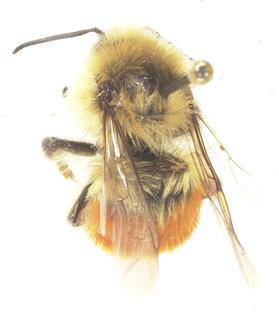
© Photographer/source
male top
UGCA195819_03
|
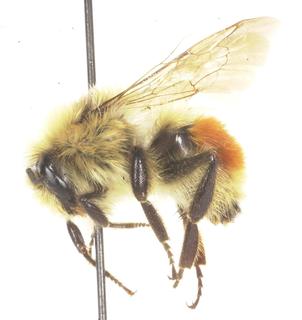
© Photographer/source
male side
UGCA195819_04
|
|
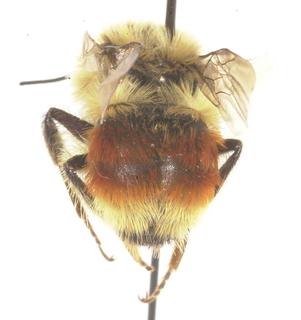
© Photographer/source
male rear
UGCA195819_05
|
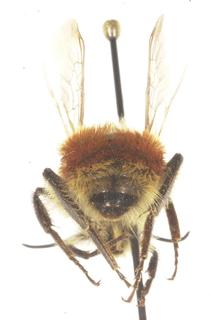
© Photographer/source
male rear tip
UGCA195819_06
|
|
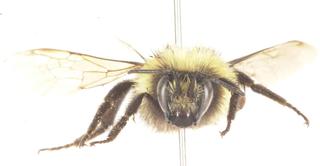
© Photographer/source
worker front
UGCA195820_01
|
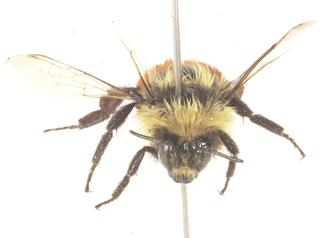
© Photographer/source
worker front top
UGCA195820_02
|
|
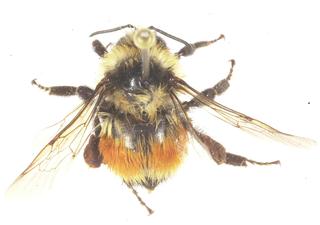
© Photographer/source
worker top
UGCA195820_03
|
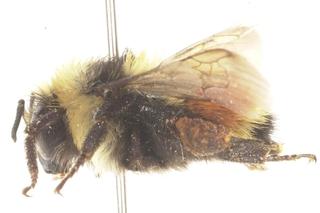
© Photographer/source
worker side
UGCA195820_04
|
|
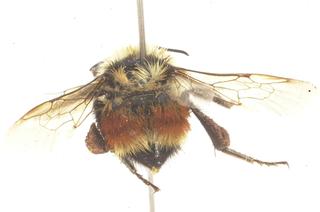
© Photographer/source
worker rear
UGCA195820_05
|
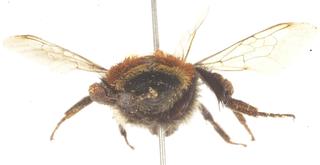
© Photographer/source
worker rear tip
UGCA195820_06
|
|
Overview | |
Extracted from Jonathan Koch, James Strange, Paul Williams.2012. Bumble Bees of the Western United States. A product of the U.S. Forest Service and the Pollinator Partnership with funding from the National Fish and Wildlife Foundation Hunt bumble bee Status: common Select food plant genera: Cirsium, Phacelia, Lupinus,
Rudbeckia, Melilotus, Penstemon
Tongue Length: Medium Distribution: Sierra-Cascade Crest east to the Colorado, Rocky Mountains and Black Hills; south into New Mexico and Arizona; north into Canada
Can be confused with B. bifarius, B. sylvicola, B. melanopygus,
and B. rufocinctus
Thorax anterior to distinct black band between wing bases yellow, scutellum, T1 and T4 yellow, T2-3 orange, T5 black. Mid leg basitarsus with the distal posterior corner rounded. Cheek length as long as broad. Hair of the face and top of head completely yellow. On the side of the thorax, the lower anterior surface with yellow hair,
corbicular fringes black. Hair length medium and even.
|
|
|
Kinds | |
Extracted from Wallace E. LaBerge and Morgan C. Webb. (1962). The Bumblebees of Nebraska (Hymenoptera, Apidae, Bombinae). University of Nebraska College of Agriculture.
This handsome species is confined to the westernmost counties of
Nebraska, where it is relatively abundant.
Females: Head hairs black with abundant white to yellow pile surrounding antennae fossae and vertex with abundant yellow pile; thorax with sides yellow above and anteriorly, black on lower and posterior parts, dorsum yellow with a broad interalar band of black, scutellum without black h airs; tergum 1 with yellow hairs; terga 2 and 3 with orange or orange-red h air bands (rarely faded to dull yell ow-orange); tergum 4 with yellow hairs; terga 5 and 6 with black pile; legs with h airs black; malar space about as long medially as broad; ocelli placed on supraorbital line.
Males: Head with h airs yellow, black often between apices of compound
eyes and on upper gular areas; thorax with hairs yellow except
interalar band of black which is often reduced to large posteromedian
patch of black on mesoscutum; tergum 1 with yellow pile; terga 2 and 3
with orange or orange-red pile; terga 4 and 5 with yellow pile (tergum
5 often with black pile medially or apicomedially); terga 6 and 7 with
black pile, often pale laterally; legs with hairs black, outer surfaces tibiae bare apicomedially or almost so; eyes not swollen; ocelli placed on supraorbital line; malar space about as long as broad; first flagellar segment distinctly shorter than third, slightly longer than second.
Dates Collected. Queens have been taken as early as May 24 (Monroe
Canyon) and as late as August 28 (Harrison), but chiefly in May.
·workers have been taken from May 28 (Monroe Canyon) until September
2 (Sidney), but chiefly in July and August. Males have been taken from Au gust 13 (Monroe Canyon) until August 29 (Fort Robinson).
Flower Records. The following records were taken from 78 specimens
representing 41 collection s. From these data it seems that Bombus
huntii in Nebraska prefers bull-mints (Monarda spp.), milkvetches
(As tragalus spp.), and alfalfa (Medicago sativa) in that order. Astragalus sp., A. adsurgens Campanula sp., Cirsium sp., Cleome sp., C. serrulata, Erysimum asperium, Gutierrezia sarothrae, Helianthus sp., H . petiolaris, Lithospermum sp ., Medicago sativa, Melilotus sp., Monarcla sp., Petalostemum sp., Solanum rostratum.
|
|
|
Identification |
Extracted from Bumble Bees and Cuckoo Bumble Bees of California by Thorp, R. (1983).
Discussion. B. huntii belongs to the group of species which includes B. btfarius and vosnesenskii, and can be separated from both by the bright red hair covering its metasomal tergites 2 and 3, and the completely yellow hair of the scutellum. This species is extremely uniform in color pat-tern, with only occasional specimens having the red metasomal hairs fading to yellowish.
Nests of this species are discussed by Medler (1959) and Hobbs (1967b).
|
|
|
Names | |
|
|
| Supported by | |
Updated: 2024-07-27 02:19:39 gmt
|